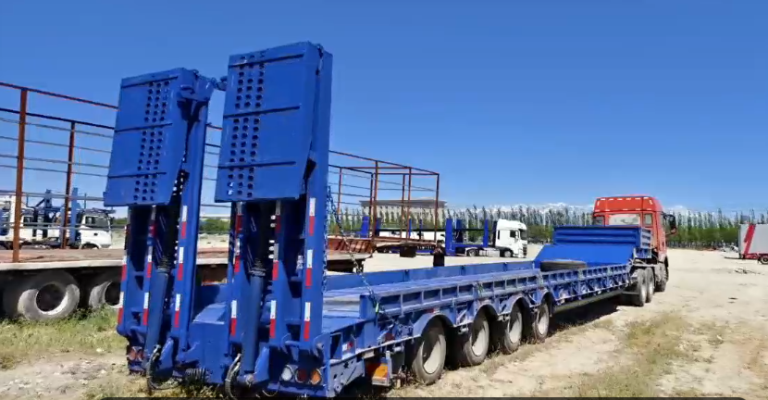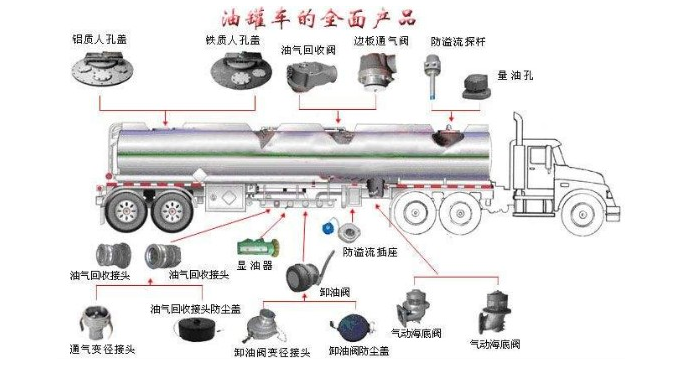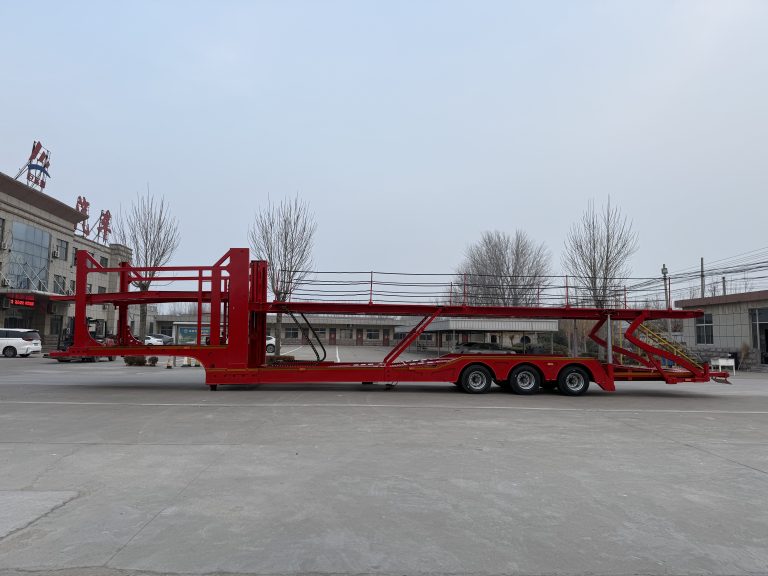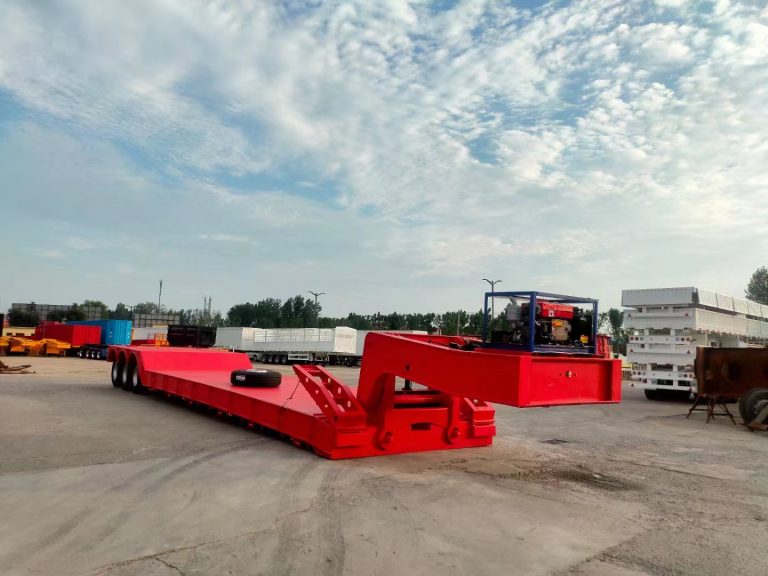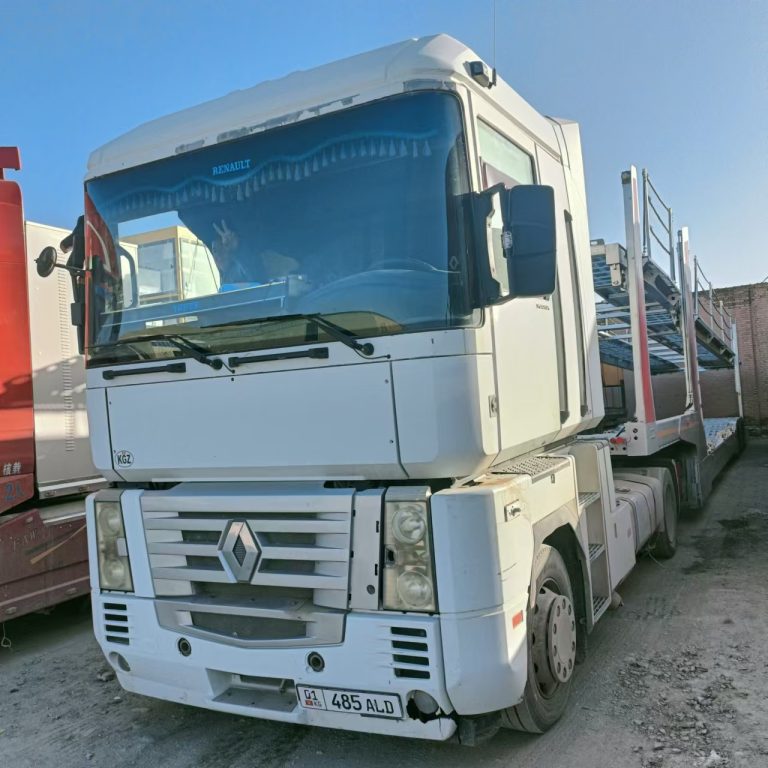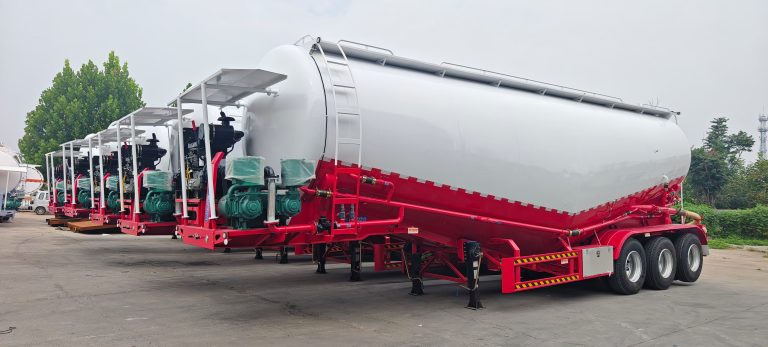As a clean and efficient energy source, the transportation demand of liquefied petroleum gas (LPG) is increasing. As an important tool for LPG transportation, the design of liquefied petroleum tank trailer is not only related to transportation efficiency, but also to transportation safety. This article will explore the design features and safety characteristics of liquefied petroleum tank trailers.
Design features
- Structural design
- Tank material: The tank body of liquefied petroleum tank trailers is usually made of high-strength steel or aluminum alloy to ensure that it can withstand high pressure and low temperature environments. These materials not only have good mechanical properties, but also effectively prevent corrosion.
- Tank structure: The tank body is designed to be cylindrical with elliptical heads at both ends. This structure helps to withstand internal pressure and reduce stress concentration. There is also a wave-breaking plate in the tank body to reduce the shaking of the liquid during transportation, thereby reducing the impact on the tank structure.
2.Safety device
- Safety valve: The tank body is equipped with a safety valve. When the pressure in the tank exceeds the set value, the safety valve will automatically open to release the pressure and prevent the tank body from rupturing.
- Emergency cut-off device: In the event of a leak or other emergency, the emergency cut-off device can quickly cut off the connection between the tank and the outside world to prevent a large amount of LPG leakage.
- Leak detection system: Modern liquefied petroleum tank trailers are equipped with advanced leak detection systems that can monitor the sealing of the tank in real time. Once a leak is detected, the system will immediately sound an alarm.
3.Intelligence and informationization
- Remote monitoring system: Through the Internet of Things technology, liquefied petroleum tank trailers can achieve remote monitoring and transmit data such as vehicle location, tank pressure, and temperature in real time. This not only improves the transparency of transportation, but also facilitates the timely discovery and handling of potential safety hazards.
- Intelligent scheduling system: Combined with big data analysis, the intelligent scheduling system can optimize transportation routes and vehicle scheduling according to transportation needs and road conditions information, and improve transportation efficiency.
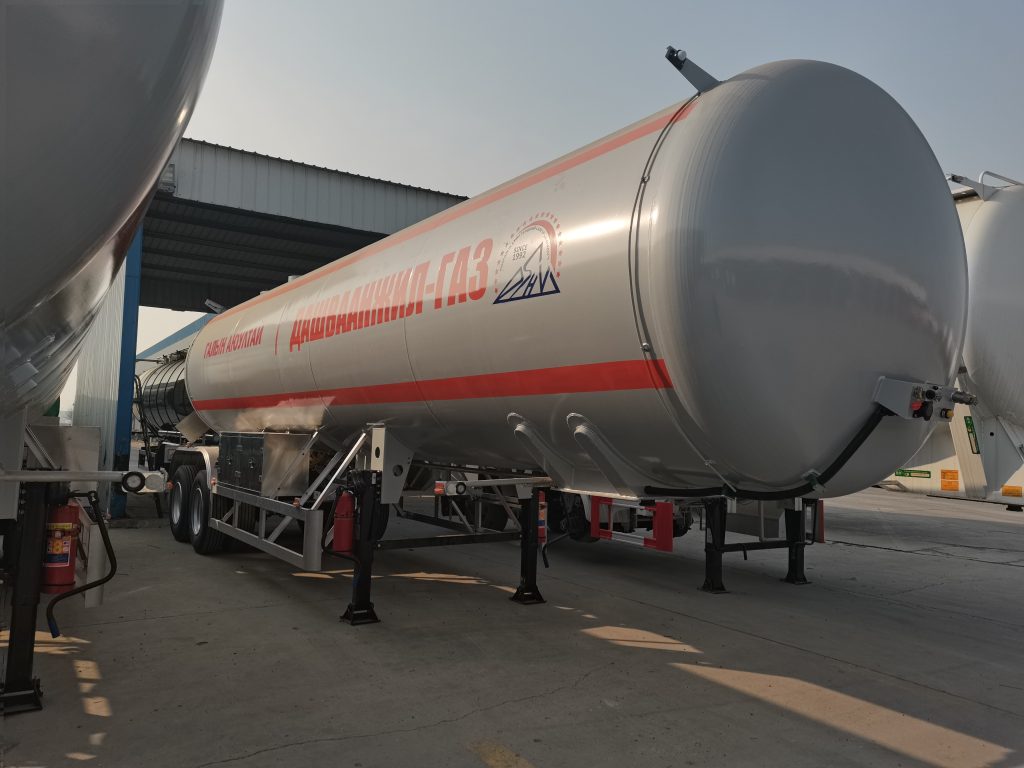
Safety features
- Fire and explosion prevention
- Liquefied petroleum gas has the characteristics of being flammable and explosive. The tank trailer is designed with full consideration of fire and explosion prevention measures. In addition to the use of flame retardant materials, it is also equipped with explosion-proof lighting equipment and anti-static devices. In addition, the surface of the tank is coated with reflective material to improve the visibility of the vehicle at night or in bad weather conditions and reduce the risk of accidents.
2.Leakage-proof
- The sealing performance of the tank is the key to the safety of the liquefied petroleum tank trailer. In addition to the use of high-quality sealing materials, the sealing of the tank is ensured through strict testing and maintenance. At the same time, there are multiple inspection ports and maintenance ports on the tank for regular inspection and maintenance.
3.Anti-static
- Static electricity is one of the important factors that cause fires and explosions. When designing liquefied petroleum tank trailers, static electricity is effectively eliminated through grounding devices and static conductive materials. In addition, anti-static measures such as anti-static grounding wires are also required during parking and loading and unloading of vehicles.
4.Anti-rollover
- The center of gravity of the tank trailer is low, and the connection structure between the tank and the chassis is firm and reliable. During driving, the vehicle has high stability and is not prone to rollover accidents. At the same time, the vehicle is also equipped with an anti-rollover device to further improve driving safety.
Conclusion
The design of the liquefied petroleum tank trailer fully considers the transportation efficiency and safety. Through advanced materials, structural design and safety devices, the risks in the transportation process are effectively reduced. With the continuous advancement of technology, the safety performance of liquefied petroleum tank trailers will be further improved, providing more reliable protection for the transportation of LPG.

